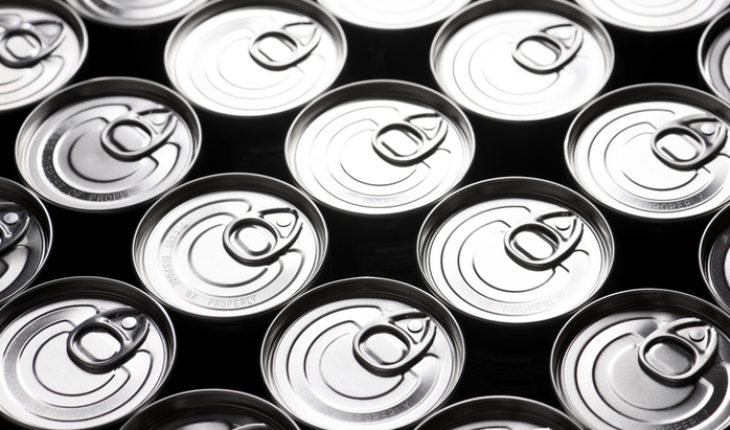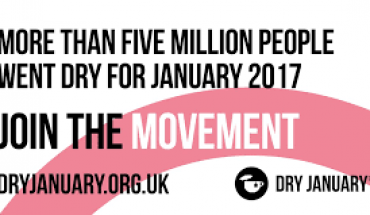Sometimes silence can speak volumes. In December 2017, we published in a highly reputable journal our research suggesting a link between human exposure to aluminium and the aetiology of autism.
The research showed that individuals who died with an Autism Spectrum Disorder (ASD) had very high levels of aluminium in their brain tissue. However, the standout observation was not necessarily the amount of aluminium but its predominant location in non-neuronal cells and especially microglia.
However, the standout observation was not necessarily the amount of aluminium but its predominant location in non-neuronal cells and especially microglia
In an interview immediately following presentation of this research, I expressed my opinion that these new data had forced me to change my mind about a putative role for aluminium in autism.
I was aware of the emotive nature of our research and especially as I knew that it would bring into focus a possible link between aluminium adjuvants in vaccines and autism, though this link was not discussed in the paper. However, I am not sure that I was prepared for the nature of the response to our research. Perhaps the most deafening response has been the tsunami of silence perpetuated by all mainstream media, almost globally! Compliant with this has been my own University that did not even deem the research ‘worthy’ of a mention in its own weekly news outlet. When one considers the nature of much of the science that makes headline news one is left wondering what it is about a link between aluminium and autism that is not deemed newsworthy. Perhaps mainstream media were unaware of the research.
Actually, it was covered by The Mail Online, where it was shared 60K times, and to-date it has also been delivered to 2M twitter accounts and viewed at the paper’s publisher’s website more than 70K times. Clearly, social media is aware of our research and I am grateful to all those who shared it. There have been other indicators of awareness of the research and these are examples of the downside of open access delivery of scientific research. While I remain completely in support of the need to communicate scientific research as widely as possible, I was not prepared for the vitriol, largely anonymous, which accompanied our publication. I have been elucidating upon the potential dangers of the aluminium age for 34 years now but I have never before had my life threatened openly. I can only assume that our research has weighed very heavily on the toes of those who will not counter the possibility that not all vaccines are 100% safe.
There have also been criticisms of the journal for publishing our research, of the brain bank for providing us with tissues and of the research methods used in obtaining the data. All of these ‘criticisms’ share in common the superfluous nature of critical debate which seems to pervade present society.
There have also been criticisms of the journal for publishing our research, of the brain bank for providing us with tissues and of the research methods used in obtaining the data. All of these ‘criticisms’ share in common the superfluous nature of critical debate which seems to pervade present society.
If any of the individuals responsible for these comments had spent just a small amount of time reading the paper, researching the background of the authors and investigating the process of ethical review then they would be aware that their criticisms were groundless. Speak first and think later seems to have been the critic’s mantra, at least for this research.
Our research on aluminium and autism took two years of extremely hard and dedicated work to complete. While the response to it through social media in the main has been gratifying, the vitriol of some individuals has been difficult, as have the decisions by mainstream media and the scientific establishment to ignore the findings. The silence in this case has not been ‘golden’ it has been deafening and it has only served to reinforce that which is of burgeoning realisation that we are already suffering the consequences of the tyranny of the aluminium age.
- Infant vaccines - 23rd April 2021
- Imagine you are an Aluminum Atom - 5th November 2020
- Aluminium in human brain tissue - 8th May 2020








Once again, excellence and integrity have to be their own rewards – in the short term.
The silence of the media is an expression of the threat that this work poses to the media’s paymasters.
Without pharma advertising many media outlets would collapse.
Therefore they use their most powerful weapon, the ability not to mention, not to publicise, what it is that threatens their income and power.
You raise excellent yet alarming points.
Dr Exley you and your teams research have done us all a huge favour. And obviously the industries negative response is indicative of their fear of loss of revenue through decreased vaccine sales, or law suits , or by having to actually do the full research on vaccines that should have been done (as for all other drugs ) in the first place. Your paper was excellent. Have no fear of that. Please keep doing your valuable research because the world needs it. And please keep safe. Any threats made against you need to be taken seriously. In this day… Read more »
Thank you for your amazing work! Please do not let the vitriol of those who would silence the truth about our children to cause you to stop. As we progress to greater numbers of damaged children ( it is estimated by 2025 1 in 2 children born will be diagnosed autistic) eventually science you and others have done will have to be recognized.
Hi Chris,
I have a question. How do the alu level compare to relevant controls?
Thanks,
W&N
The writer adds: Speak first and think later seems to have been the critic’s mantra, at least for this research. To me this is a positive sign when someone starts thinking after what he does as there are many people who never think at all after committing a mistake. I would therefore suggest the author to continue doing research in this important field and do not bother about the threats. As regards aluminum in relation to autism, a pertinent question is: do all autistic brains contain excess of aluminium or only a few percent of them exhibit that ? I… Read more »
Good points. Unfortunately there is no way to image or measure aluminium in human brain tissue in vivo. I agree that genetic signatures will play a significant role in determining how much aluminium is found in brain tissue and equally where it is found. I am not sure that the MRC or indeed any autism charity would fund such a study. Regarding the removal of aluminium from brain tissue in autism there is already a viable solution (see my blog on this on this site) and we would like to hear about any anecdotal evidence that regular drinking of a… Read more »
Would it be possible to study Aluminium levels in partially, fully and non-vaccinated children?
Prof Exley if you could obtain samples of autistic brain tissue from the brain bank why did you not also get age matched samples of non-autistic tissue to include as suitable controls? In your 2011 review of aluminium in the brain you say that aluminium content of brain tissue increases with age and also that the top end of “normal” brain tissue is 4.5ug/gm. However in this study only 14% of your results were above this value and none of the results >4.5 were replicated in the corresponding repeat samples. There were clear outliers in 3 different samples that bizarrely… Read more »
Anyone who follows issues which challenge vested agendas is in no doubt as to the violence and vile nature of those who would seek to quash dissent. Ironic that many seek to do it in the name of the scientific system of enquiry.
Many have asked about control brain tissues. I trust that the information shown below will go some way towards answering your questions. When the subject of your research is aluminium and human health you expect rigorous peer review upon submission of a manuscript. Actually many journals do not review the ‘science’ only the ‘subject’ and return your manuscript without the opportunity of peer review. Indeed even when your research is sent for peer review, anonymous reviewers also simply review the subject and not the science. In many ways I consider our recent research on aluminium and autism to be some… Read more »
Chris, I wonder has any Autism organization, centre, institute etc has after the publication of your research contacted you to continue that research for the benefit of their autism wards? . Regarding your comments -Actually many journals do not review the ‘science’ only the ‘subject’ and return your manuscript without the opportunity of peer review. Indeed even when your research is sent for peer review, anonymous reviewers also simply review the subject and not the science….There are many things that could be said about that. Sometimes, the referees recommend the paper straight away,. Sometimes, when a referee recommends a paper… Read more »
Hi, my boy 4 years old is autism, the vaccin are responsables about it, for exemple, my boy saw me in my eyes before vaccin, it’s over…I have a question : i am searching ways to get out aluminium of our lifes but as you know it is not possible but we can change things (we drink Volvic water, better food, eliminte gluten, milk….). So with what cooking stove can i use? Inox 18/10 seems good but i know now we find aluminium on the center (to conduct eat), is-it toxic if it’s not in contact directly with aluminium?? Thanks… Read more »